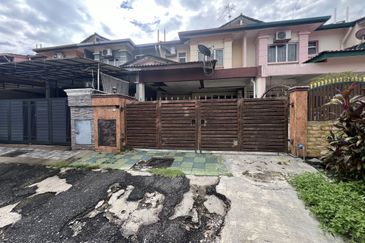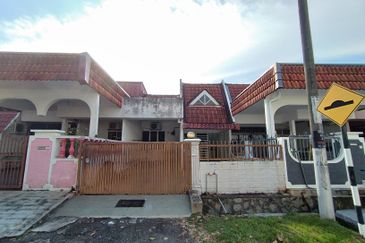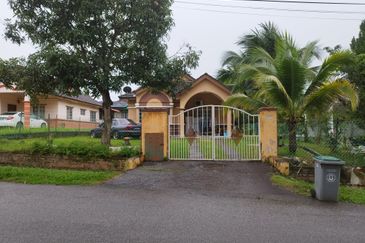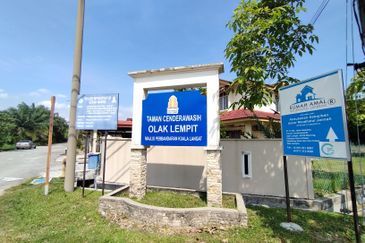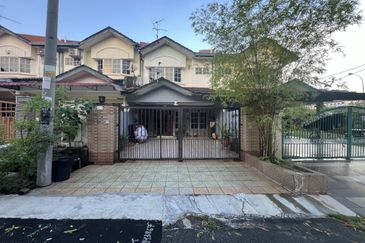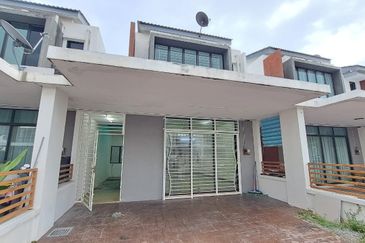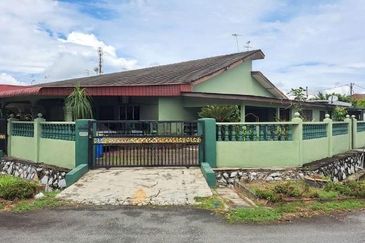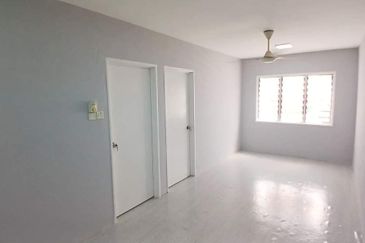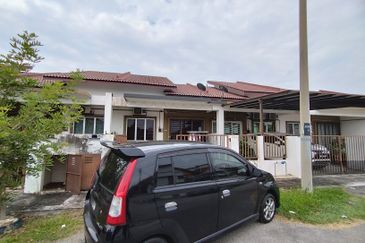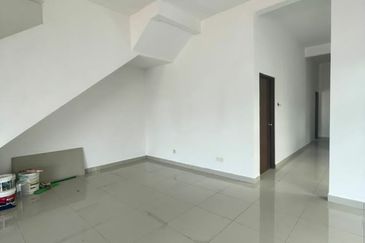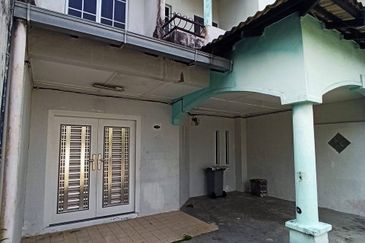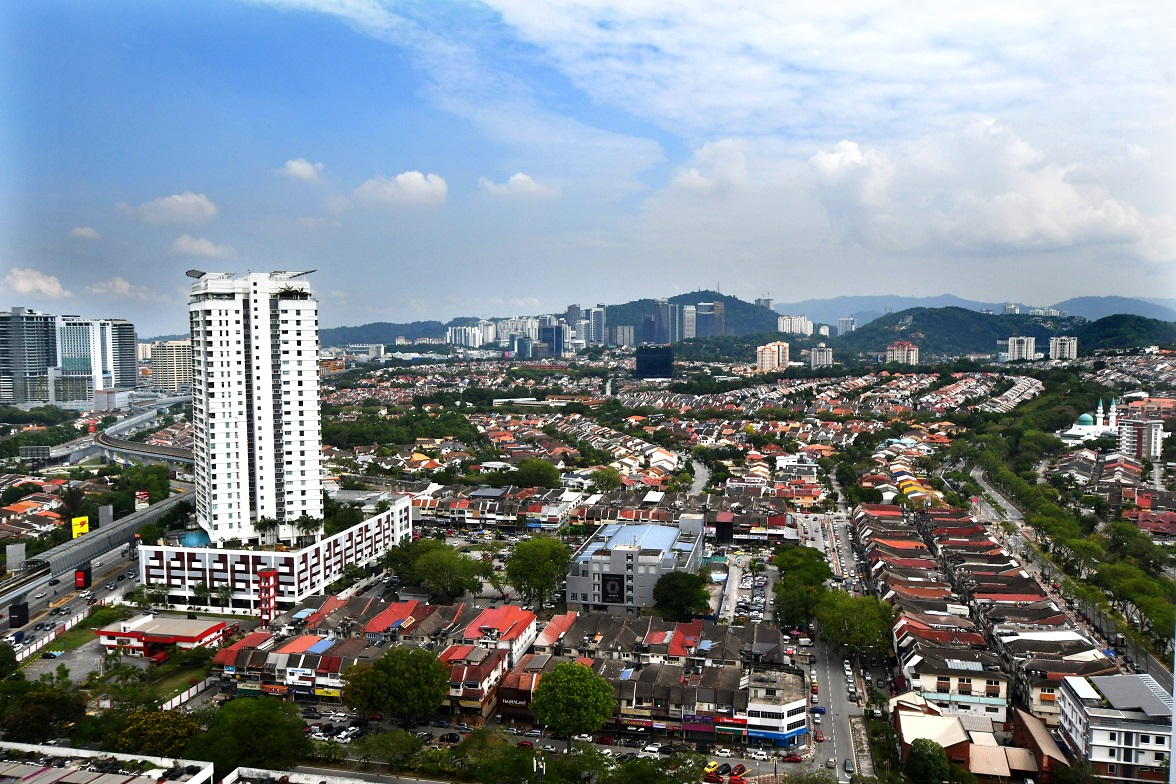
- Property prices are generally perceived to have gone up quite significantly over the decades, but just how unaffordable are residential properties for most Malaysian households? EdgeProp Malaysia breaks down the figures across the districts in the Klang Valley to see how proportionate the states’ median household incomes are against the median property prices.
PETALING JAYA (Oct 17): Only non-landed properties located in Selangor fall under the healthy house price-to-income ratio (HPIR) among all the types of residential properties in different districts across the Klang Valley.
Median property prices in the Federal Territory of Kuala Lumpur (KL) and Selangor have always been higher than the national median, but exactly how do HPIRs vary across their different districts?
To derive the data, EdgeProp has taken the latest available figures from three sources: Bank Negara Malaysia (BNM), Department of Statistics Malaysia (DOSM) and National Property Information Centre (Napic).
In a 2020 report by BNM, the national HPIR of 4.7 was considered seriously unaffordable, with few states maintaining a HPIR of 3.0 and below, which was considered affordable.
Meanwhile, according to DOSM’s 2022 report, the median annual household income for those living in KL and Selangor were approximately RM122,808, and RM119,796 respectively. In the same report, DOSM also predicted a national compound annual growth rate (CAGR) of 2.57% for median monthly household incomes.
To give a more current snapshot of market values, median property prices are based on the National Property Information Centre (Napic)’s most updated data from 1H2024.
HPIRs based on 2022’s median property prices have also been calculated, and it has shown no significant differences compared to the general trends presented here. Similarly, the CAGR growth has also been taken into consideration, and neither has it impacted the trend markedly. As such, despite the period differences, the overall deductions here remain applicable.
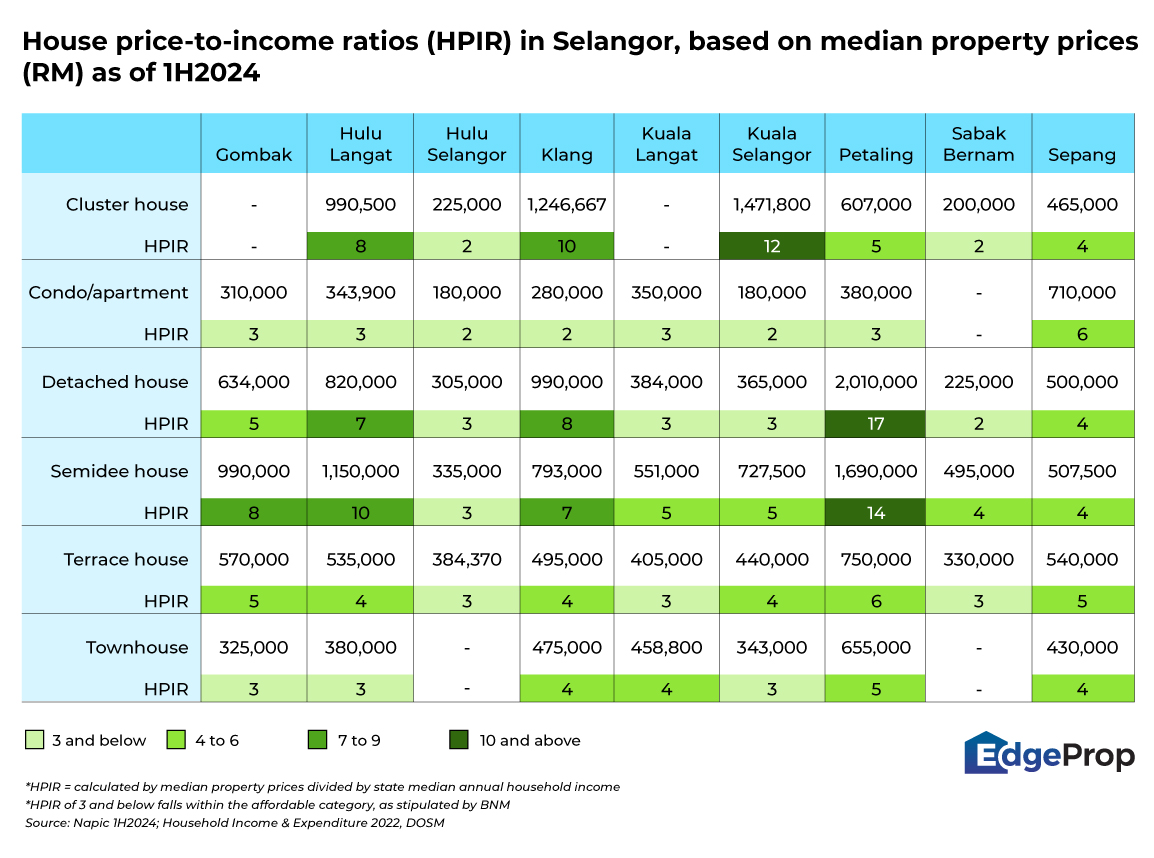
As expected, of the different property types in Selangor, condos and apartments have the lowest HPIRs of 2 and 3, with the exception of Sepang. For landed properties — terrace houses, townhouses, and surprisingly, even most of the detached houses maintain low HPIRs. These might be viable options for the median income earners who are pursuing landed homes.
Hulu Selangor is the only district to maintain low HPIRs across all property types, making properties in this district accessible to all income levels. It should be noted though, that Hulu Selangor comprises largely rural areas on the edge of the Klang Valley’s urban sprawl.
One notable exception is Kuala Selangor, which, though considered a backwater, has a high HPIR of 12 for cluster houses.
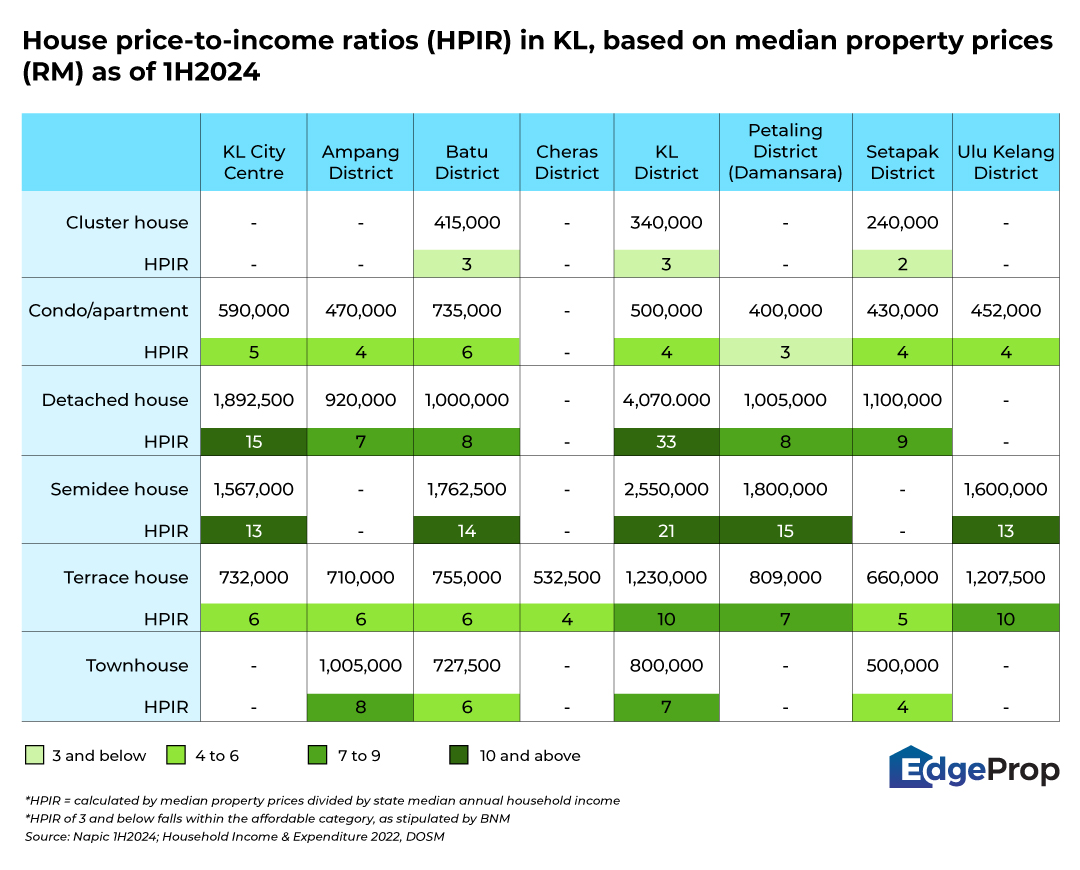
Unsurprisingly, properties in KL generally have higher median prices than those in Selangor.
The KL District takes the title for the district with the highest HPIRs across all property types, making the area the focus of the T20 group. The district includes neighbourhoods like Bangsar, Bukit Damansara and Taman Tun Dr Ismail (TTDI). As shown in the table above, the greatest HPIR of 33 also falls within the KL District for its detached houses. .
However, owning a landed property in KL’s most expensive district may not be impossible, as cluster houses there still maintain a low HPIR of 3. Cluster houses in the Batu and Setapak Districts are also within the budget of households earning the median RM10,234 or RM9,983 a month in KL and Selangor respectively.
Interestingly, the HPIR range for non-landed properties in KL indicates they are slightly above the comfort zone of those at the median household income, with the exception of condominiums/apartments in the Petaling (Damansara) District.
Looking to buy a home? Sign up for EdgeProp START and get exclusive rewards and vouchers for ANY home purchase in Malaysia (primary or subsale)!
TOP PICKS BY EDGEPROP
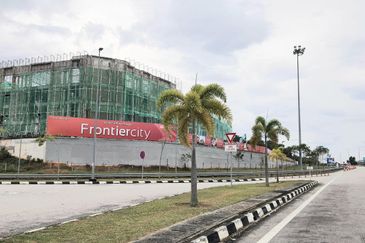
Frontier City @ Ainsdale
Seremban, Negeri Sembilan

Kings Bay Country Garden @Danga Bay
Johor Bahru, Johor

Chimes @ Bandar Rimbayu
Telok Panglima Garang, Selangor
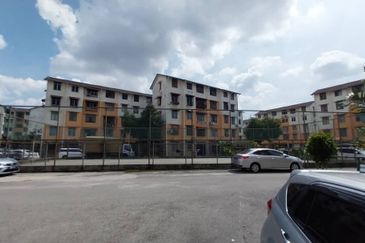
Taman Sri Sentosa
Jalan Klang Lama (Old Klang Road), Kuala Lumpur
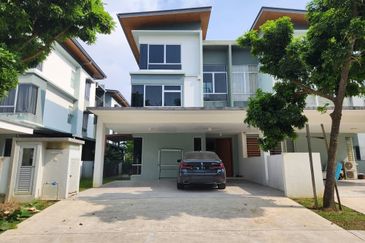
Parkfield Residences, Tropicana Heights
Kajang, Selangor

Polo Park Resort Condominium @ Taman Iskandar
Johor Bahru, Johor


